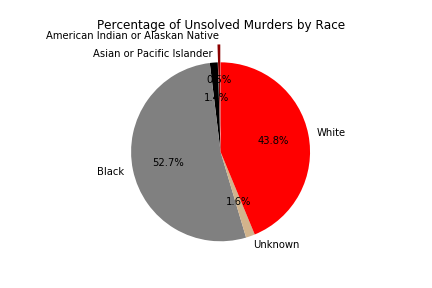The Purpose
Every year, at least 5,000 killers get away with murder. The rate at which police clear homicides through arrest has declined over the years until, today, about a third go unsolved. As a result, more than 229,000 Americans have perished in unsolved homicides committed since 1980 — more than the combined death toll of all U.S. military actions since World War II. The official national statistics on murder are actually estimates and projections based upon incomplete reports by police departments that voluntarily choose (or refuse) to participate in federal crime reporting programs. This project will spotlight those communities that fail to report important information to the FBI’s Uniform Crime Report and Supplementary Homicide Report — two important databases that can be used to help account for unsolved homicides.
The Origins
This website gives the public easy-to-use access to a dataset maintained by the Federal Bureau of Investigation: the Uniform Crime Report from 1965 to the present. This site uses the FBI database as found on the Murder Accountability Project website. The Murder Accountability Project, using the Freedom of Information Act, obtained data on more than 27,000 homicides that were not reported to the Justice Department, making this the most complete data on U.S. homicides available anywhere. The Murder Accountability Project is an outgrowth of a 2010 national reporting project conducted by the newspapers and television stations owned by the E.W. Scripps Co. The computer algorithm that can spot serial killings within FBI computer files was developed as part of that project.
The Data
Data used in the creation of this site was assembled in SPSS format and will run with the open source program PSPP available at no cost from Gnu Software. These files are also available in Comma Separated Values format (CSV) which will load into any statistical software. You can download the CSV file by clicking here.
Our team used the above linked CSV data. We cleaned the data with Python in Jupyter Notebook. If you are interested in
seeing our Jupyter Notebook code, click one of the following links. One Notebook will show the teams data cleaning
techniques, and the other will show the code used to generate the static charts in later sections.
JN Data Cleaning Technique
JN Static Chart Creation
Visit the Murder Accountability Project for more information. about the dataset or their compilations.








